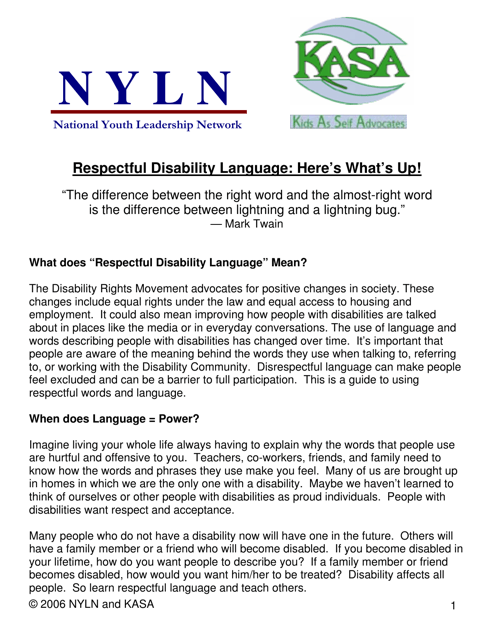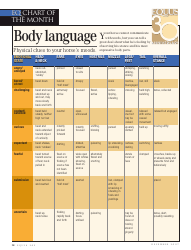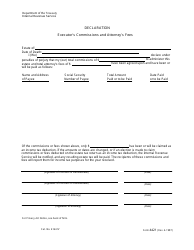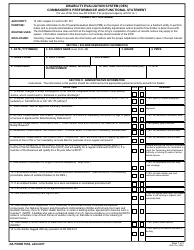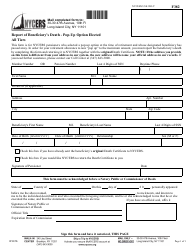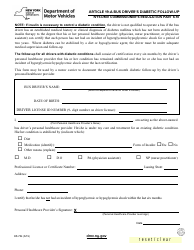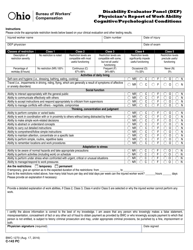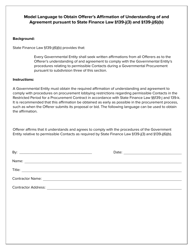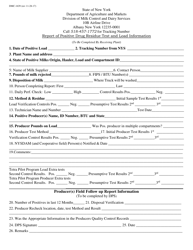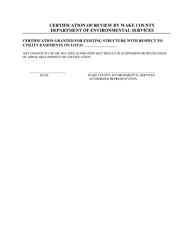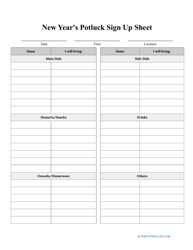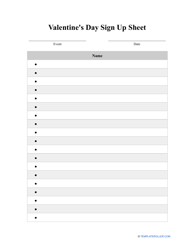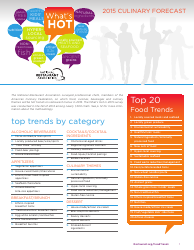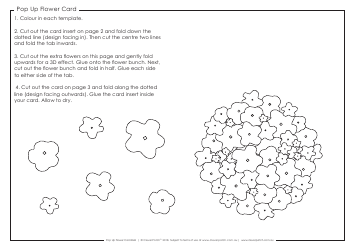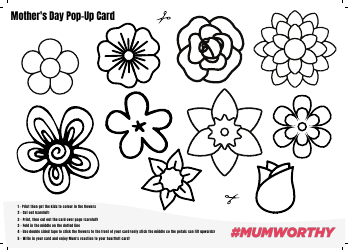Respectful Disability Language: Here's What's up! - Nyln, Kasa
"Respectful Disability Language: Here's What's Up!" is an article or document that provides information and guidelines on using appropriate and respectful language when referring to people with disabilities. It may contain tips and recommendations on how to communicate inclusively and avoid offensive or outdated terms.
FAQ
Q: What is respectful disability language?
A: Respectful disability language refers to using language that promotes dignity and equality for individuals with disabilities.
Q: Why is respectful disability language important?
A: Respectful disability language is important because it recognizes and values the personhood of individuals with disabilities, and helps to reduce stigmatization and discrimination.
Q: What are some examples of respectful disability language?
A: Examples of respectful disability language include using person-first language (e.g., person with a disability) and avoiding derogatory or ableist terms.
Q: What is person-first language?
A: Person-first language is a way of referring to individuals with disabilities by emphasizing their personhood before their disability (e.g., person with autism, person with visual impairment).
Q: What are derogatory or ableist terms?
A: Derogatory or ableist terms are words or phrases that demean or stereotype individuals with disabilities, such as 'retarded' or 'handicapable'.
